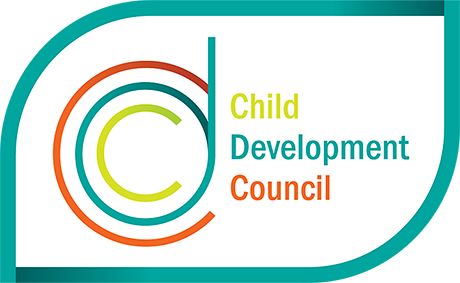Dashboard – Babies are born healthy
This dashboard visually displays data by region, for six key measures that may affect the early development and outcomes of children born in South Australia.
There are two key measures for babies and four key pregnancy measures for mothers are:
Babies:
Mothers:
-
- attending five or more antenatal visits during pregnancy
- attending at least one antenatal visit in the first 14 weeks of pregnancy
- smoking in the first 20 weeks of pregnancy
- under 20 years of age when giving birth (also referred to as teenage pregnancies).
The dashboard measures indicate the following favourable changes:
-
-
- a decrease in smoking during pregnancy
- more than 95% of mothers attend antenatal visits during pregnancy
- more than 80% of mothers attend antenatal visits early in pregnancy.
-
In South Australia, the proportion of mothers who smoked in the first 20 weeks of pregnancy, and the proportion who continued to smoke after 20 weeks of pregnancy, have reduced immensely over the last 10 years.
More than 80% of expectant women attend antenatal care in the first 14 weeks of pregnancy. Most of these women (96%) attend five or more antenatal visits.
For South Australia, in the decade to 2020, low birthweight levels fluctuated. Some regions trended favourably (eg Salisbury and Gawler – Two Wells) and others unfavourably (eg Burnside, Outback – North and East, and Marion).
The proportion of pregnant women who attend antenatal care in the first 14 weeks of pregnancy improved in most regions, however, some regions trended unfavourably, eg Onkaparinga and Marion.
There are two measures of potential concern for expectant women in low socioeconomic circumstances. These measures are smoking during pregnancy and teenage pregnancy. Although the trend data for both appear to be favourable, the numbers for both remain of concern.
This dashboard features a multi-dimensional approach to reviewing and reporting data for 2020 and includes comparison data and trend analysis for 2017-2020:
-
-
- each of the six measures is benchmarked against whole-of-state totals to:
- illustrate how each region is faring in terms of births and pregnancies
- identify measures (if any) that may require further analysis
- for most measures, four years of trend data are not statistically significant, however, the data may represent a preliminary indication of improvement for some measures
- benchmarking of whole-of-state and national totals. Where possible, the data are also benchmarked internationally with OECD data.
- each of the six measures is benchmarked against whole-of-state totals to:
-
[1] Babies with low birthweight include all live births of babies weighing less than 2,500g (5lb 8oz).
[2] Babies considered small for gestational age include all live births of babies with a birthweight below the 10th percentile for their gestational age and gender.
